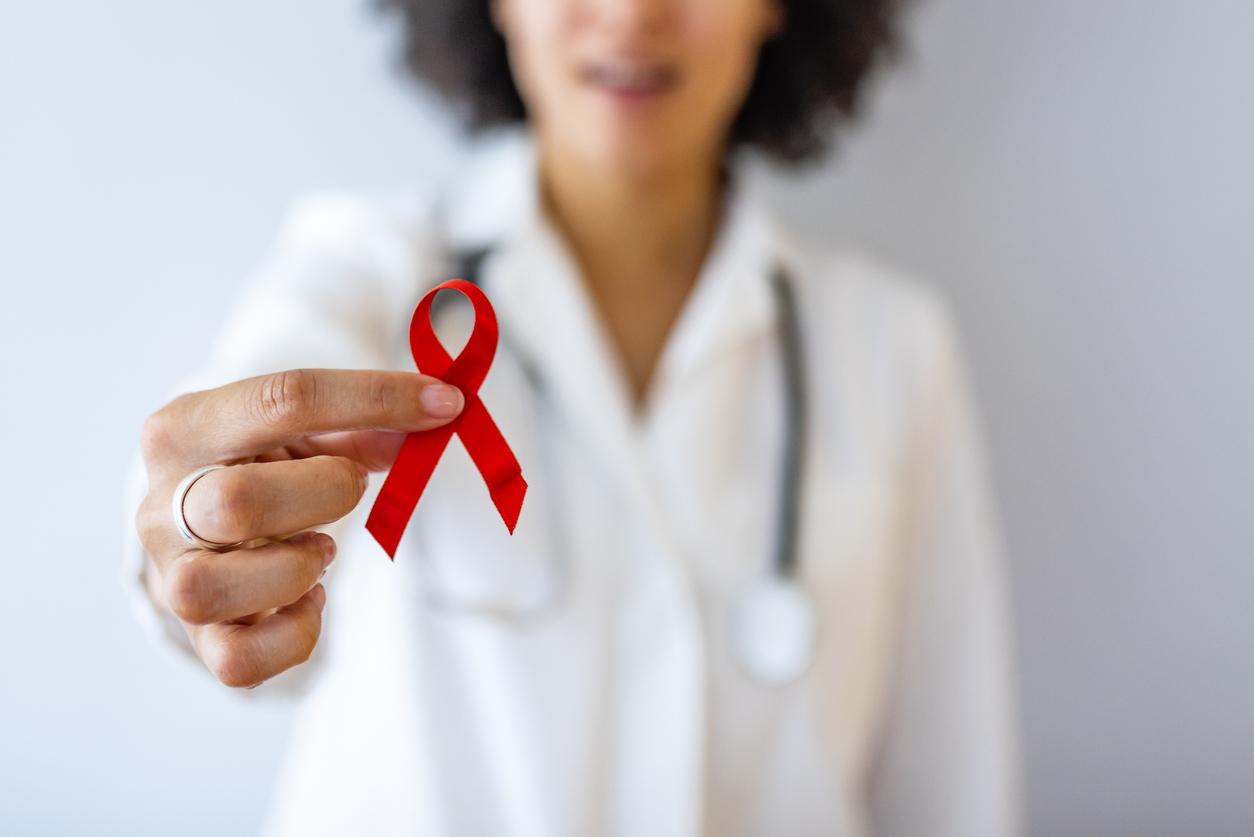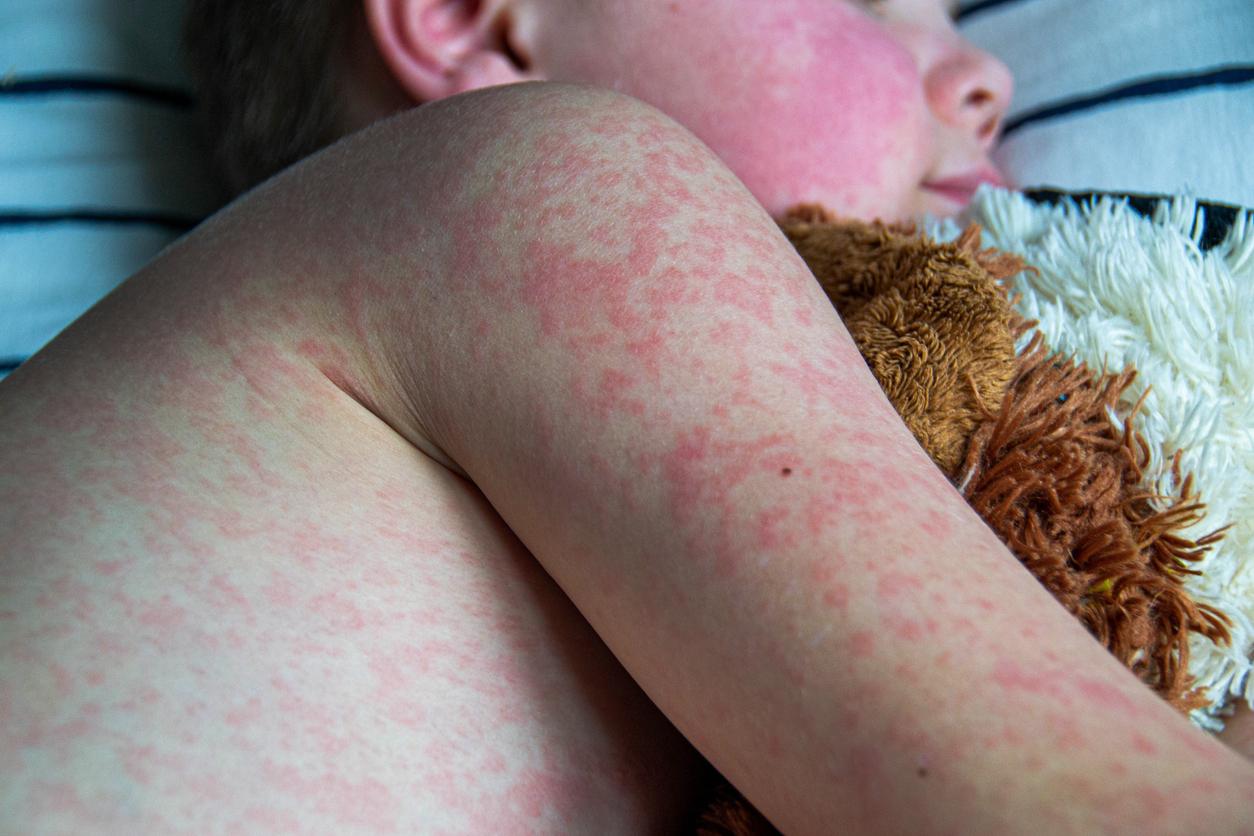In a statement issued on November 1, the World Health Organization (WHO) said it was maintaining the maximum health alert for monkeypox. A drop in contamination was however recorded in Europe and North America.

- Monkeypox usually causes fever, rash, and swollen lymph nodes.
- The United States, Brazil, Spain, United Kingdom, France, Germany, Colombia, Peru, Mexico and Canada are among the countries most affected by monkeypox.
Since May 2022, cases of monkeypox have been reported in countries in Europe and North America, regions where this disease is not endemic. Nearly 77,264 cases have been recorded in 103 countries as of October 31, according to the dashboard of the World Health Organization (WHO), but a decrease in contamination (40.7%) was noted during the week of October 24 to 30.
Monkey pox: WHO maintains maximum health alert
In a press release published on November 1 and reported by AFP, the WHO however announced that it would maintain the maximum health alert, despite the significant drop in cases of monkey pox in Europe and America. “There are still reasons to worry”underlined the WHO Emergency Committee which met on October 20.
Different reasons push the organization to maintain the maximum alert threshold. In its document, the WHO notably cited new infections in certain countries, the lack of means against the spread of the disease in poor regions and the risk of stigmatizing populations at risk.
4,092 cases of monkeypox in France
France is one of the countries most affected by monkeypox. In France, 4,092 cases of this viral zoonosis were confirmed as of October 25, according to the latest report from Public health France. Nearly 10 additional contaminations have been identified since the last bulletin published on October 18.
“The Ile-de-France region concentrates the largest number of cases (2,496, or 60.9%), followed by Occitanie (312 cases), Provence-Alpes-Côte d’Azur (284 cases) and from Auvergne-Rhône-Alpes (268 cases); 22 cases reside abroad”can we read in the document.
















